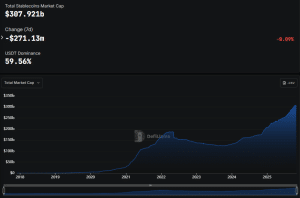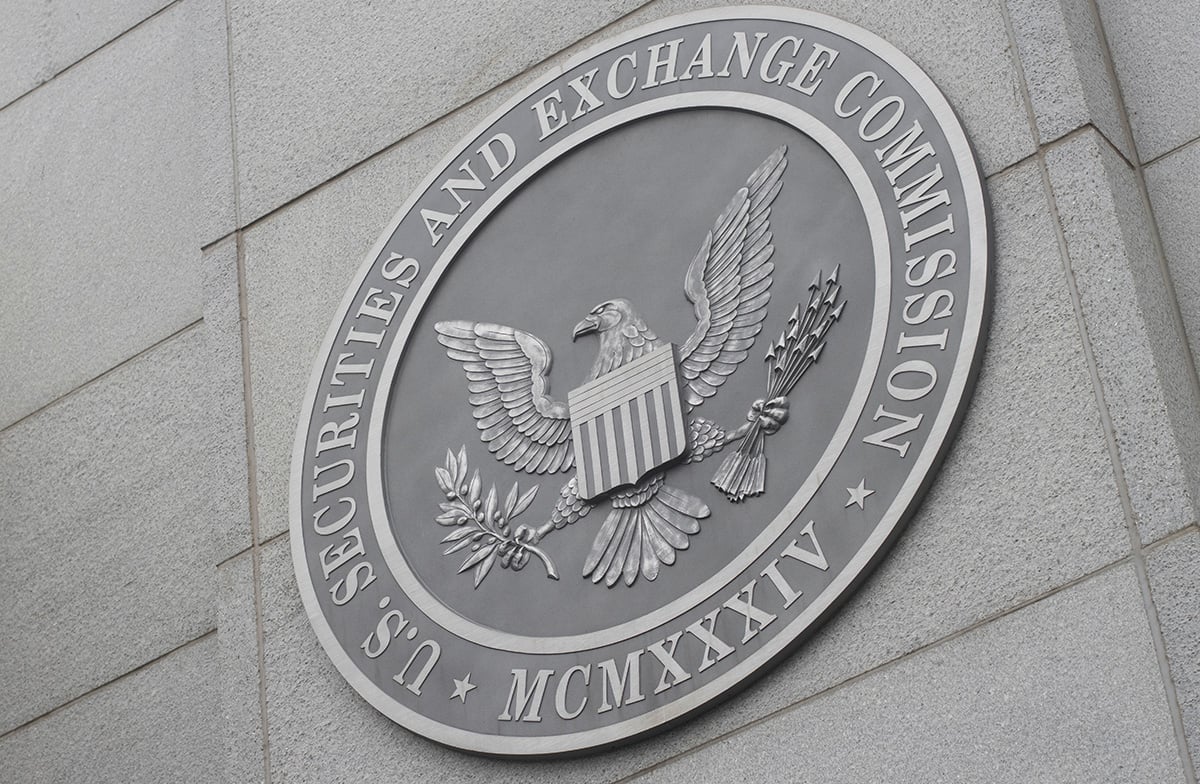Shell Q3 profit hits $5.4 billion, fueling new $3.5 billion buyback
British oil giant Shell reported stronger-than-expected third-quarter profit, supported by higher trading contributions and steady operations across its global portfolio.
The company posted adjusted earnings of $5.4 billion for the quarter ended September, surpassing analyst expectations of $5.05 billion compiled by LSEG.
The result signals resilience in Shell’s upstream and trading segments despite weaker year-on-year performance and a softer energy price environment.
Shell’s earnings also highlight a broader industry pattern, as energy majors adjust to cooling commodity prices while maintaining consistent shareholder payouts.
With renewed buybacks and lower debt, Shell’s performance offers a contrast to the recent slowdown reported by Norway’s Equinor.
Buybacks continue as Shell boosts investor returns
Shell announced a new $3.5 billion share repurchase programme over the next three months, marking its 16th consecutive quarter of at least $3 billion in buybacks.
The decision maintains momentum in capital returns despite a slight dip from last year’s adjusted earnings of $6 billion.
The London-headquartered company’s net debt fell to $41.2 billion at the end of September, down from $43.2 billion in the previous quarter.
The continued deleveraging underscores Shell’s focus on strengthening its balance sheet while distributing steady cash to shareholders.
Shell’s shares have gained more than 16% year-to-date, outperforming most European oil peers. The buyback strategy has become a critical tool for supporting the company’s valuation amid ongoing volatility in global energy prices.
Trading and deepwater assets drive performance
Shell attributed its quarterly strength to operational efficiency and improved contributions from its trading division, particularly within gas and oil markets.
The company pointed to solid performance in its Marketing business and deepwater assets in the Gulf of America and Brazil as key contributors.
The results demonstrate Shell’s diversified portfolio approach, balancing traditional oil and gas output with growing investments in low-carbon solutions.
The integrated structure of its trading, refining, and production units continues to provide stability, even when benchmark oil prices fluctuate.
Shell’s adjusted earnings of $4.26 billion in the previous quarter had already reflected steady recovery from earlier price corrections, and the latest figures further validate its disciplined spending and output strategy.
Industry peers show mixed quarterly trends
Shell’s Q3 report comes amid mixed earnings for major global oil companies. Norway’s Equinor reported adjusted operating income of $6.21 billion for the July–September period, a steeper-than-expected decline due to lower gas prices and production cuts.
Across the Atlantic, Exxon Mobil and Chevron were both scheduled to release results on Friday, with Britain’s BP expected to follow on Tuesday.
The upcoming reports from these industry peers will provide further clarity on how oil majors are navigating reduced margins following record profits in 2022.
Shell’s consistent buyback pace and reduced debt position it advantageously compared with competitors entering a phase of lower demand and heightened scrutiny over fossil fuel investments.
Experts suggest that continued efficiency in operations and asset performance could help sustain investor confidence as the global energy market transitions.
The post Shell Q3 profit hits $5.4 billion, fueling new $3.5 billion buyback appeared first on Invezz
You May Also Like

Coinbase Says Banks’ Stablecoin Fears ‘Ignore Reality,’ Dismisses Deposit Drain Concerns

Grayscale Ethereum Trusts Migrate to NYSE Arca’s Generic Listing Standards
